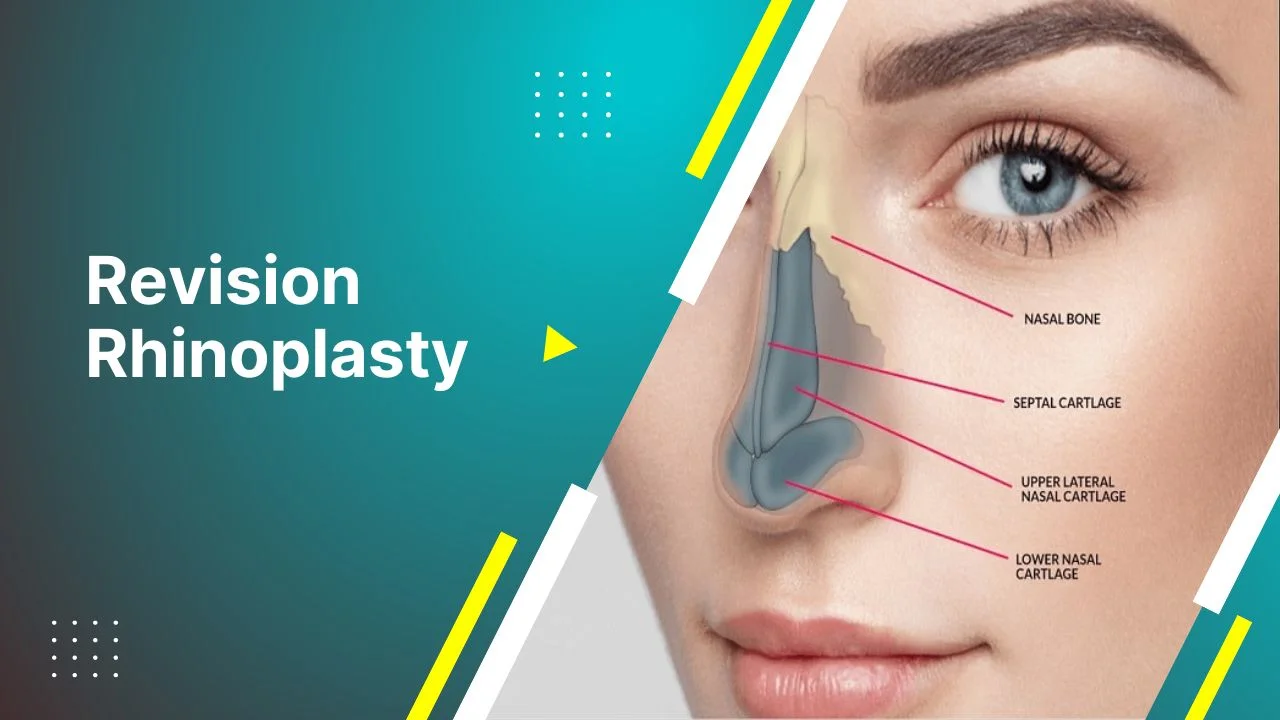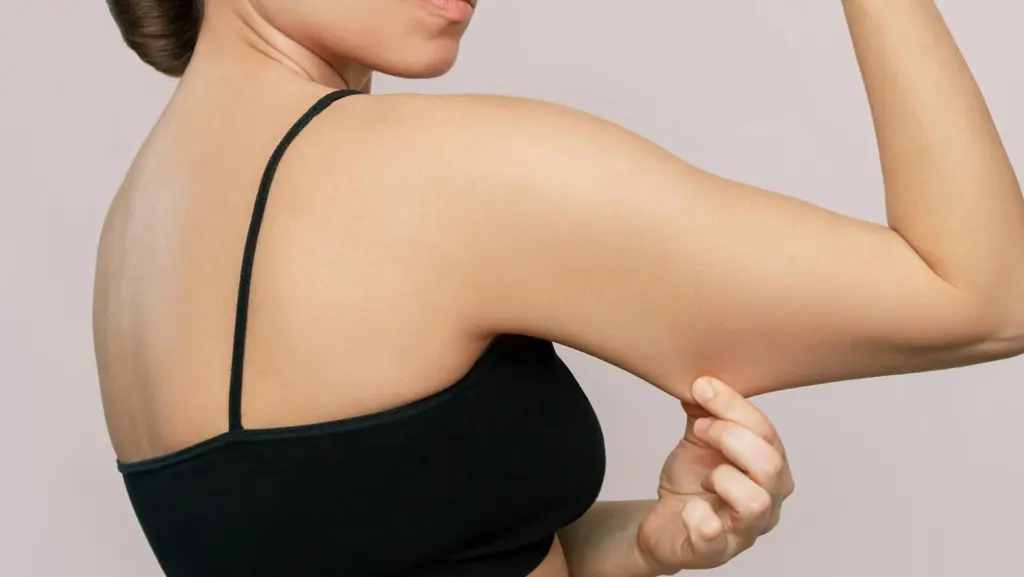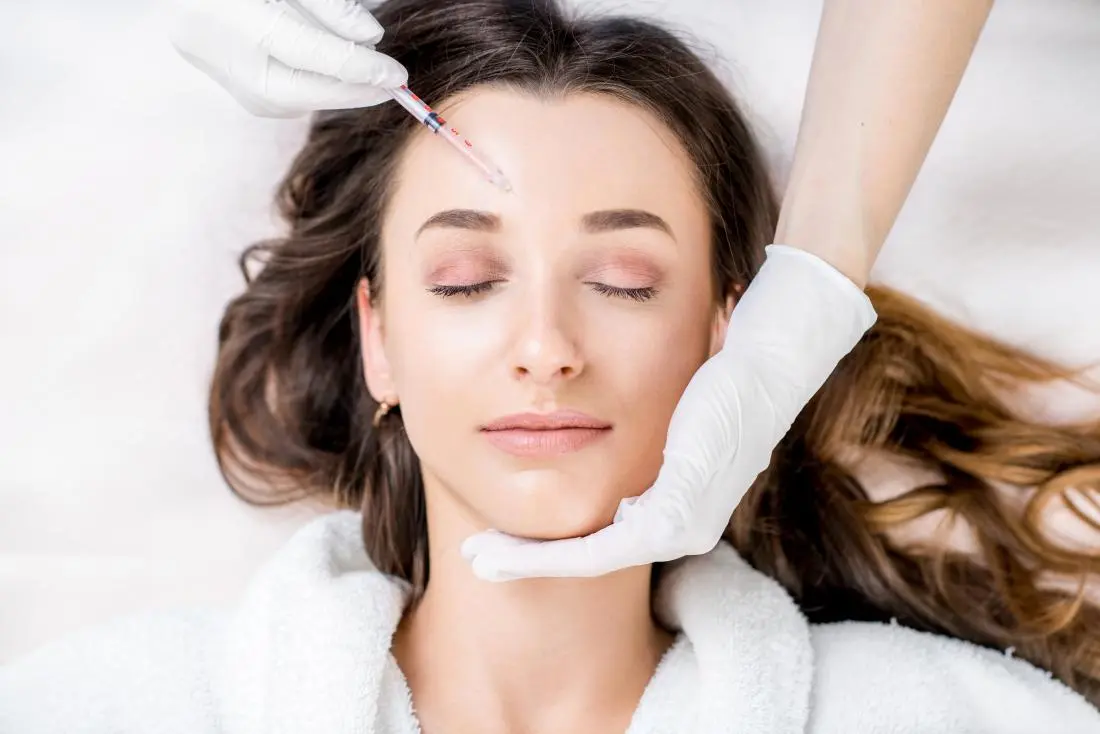Aesthetic surgery has witnessed significant advancements in recent years, offering a variety of innovative techniques to enhance natural beauty while maintaining a youthful appearance. One such method gaining popularity is fat transfer, a procedure that uses the body’s own fat to restore volume, smooth wrinkles, and create a more harmonious facial or body contour. Alongside fat transfer, natural filling methods such as dermal fillers are also widely used to achieve subtle and natural-looking results. In this blog, we will explore the benefits, techniques, and considerations of fat transfer and other natural filling methods, highlighting how these procedures are revolutionizing aesthetic surgery by offering safer, longer-lasting, and more natural solutions. Whether you’re looking to rejuvenate your face or restore volume lost with age, understanding these methods can help you make informed decisions about your aesthetic goals.
What is Fat Transfer and Natural Filling, and How is it Performed?
Fat transfer and natural filling are innovative aesthetic procedures used to restore volume and improve contours in various areas of the body and face. Fat transfer, also known as autologous fat grafting, involves harvesting fat from one part of the body, typically through liposuction, and then purifying and injecting it into areas that require added volume, such as the face, breasts, or buttocks. This method not only enhances the appearance but also offers a natural result, as the body’s own fat is used, reducing the risk of allergic reactions. On the other hand, natural filling often refers to the use of injectable dermal fillers, such as hyaluronic acid, to add volume and smooth wrinkles. These fillers mimic natural substances found in the skin, offering temporary yet effective results with minimal downtime. Both procedures aim to provide a rejuvenated, youthful appearance while utilizing substances that are compatible with the body, making them popular choices for those seeking subtle, long-lasting results.
Advantages and Disadvantages of Fat Transfer
Fat transfer offers several advantages, making it a popular choice in aesthetic surgery. One of the primary benefits is that it uses the patient’s own fat, reducing the risk of allergic reactions or complications associated with synthetic fillers. The results are also natural-looking and long-lasting, as the transplanted fat can integrate with the surrounding tissue over time. Additionally, the procedure provides the added benefit of body contouring, as unwanted fat is removed from areas like the abdomen or thighs before being transferred to areas requiring volume, such as the face or breasts. However, there are some disadvantages to consider. Fat transfer is not always 100% effective, as some of the transplanted fat may be reabsorbed by the body, leading to a decrease in volume over time. The procedure also requires liposuction, which means patients may experience more swelling and downtime compared to non-surgical alternatives. Furthermore, the results can vary depending on the individual’s body, and multiple sessions may be required to achieve optimal and lasting effects.
Who is a Suitable Candidate for Fat Transfer?
A suitable candidate for fat transfer is typically someone in good overall health who has sufficient body fat for harvesting and is seeking a natural, long-lasting solution to restore volume or contour in specific areas. Ideal candidates often include individuals who wish to address age-related volume loss in the face, enhance body contours, or augment areas such as the breasts or buttocks without relying on implants. Candidates should have realistic expectations and understand that while the results are natural, fat transfer may not achieve dramatic changes compared to other procedures. Additionally, individuals who are looking for a non-synthetic option and prefer using their own tissue for cosmetic enhancement tend to find fat transfer appealing. It is important for candidates to have stable body weight and be free of medical conditions that could interfere with healing or fat retention. A consultation with a qualified aesthetic surgeon is essential to assess whether fat transfer is the best option based on individual goals and health considerations.






